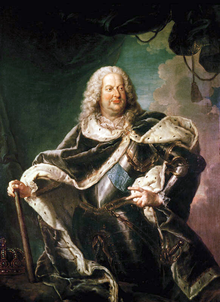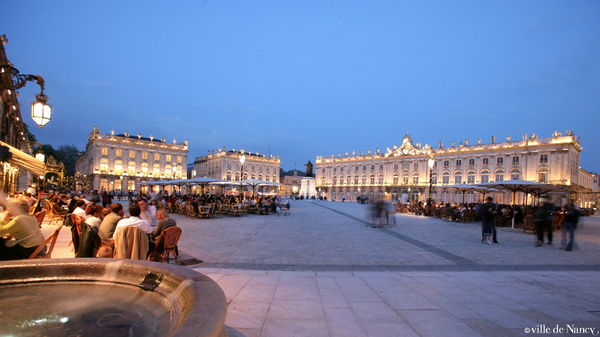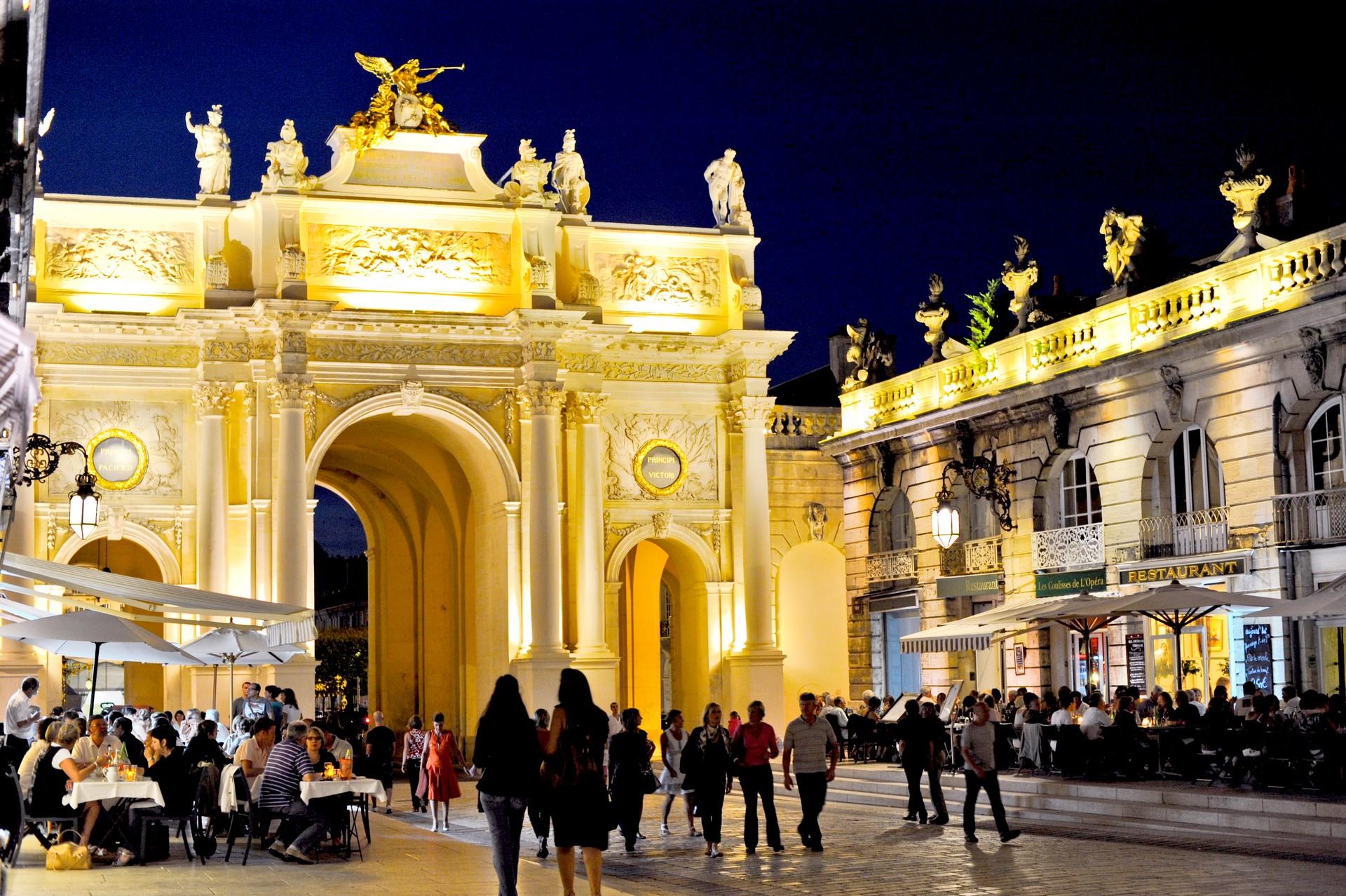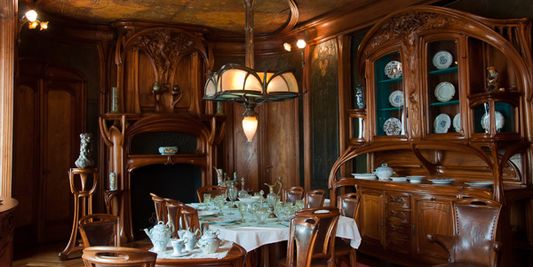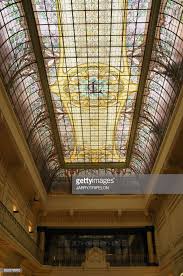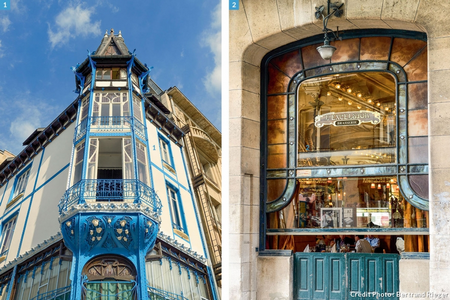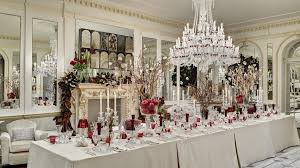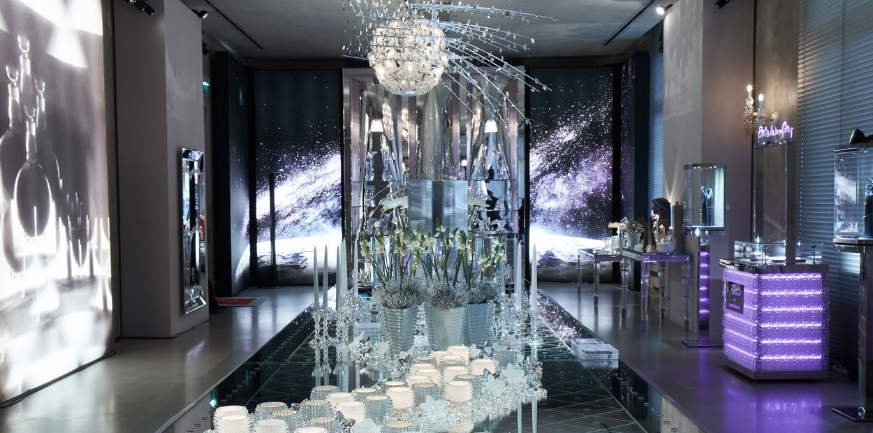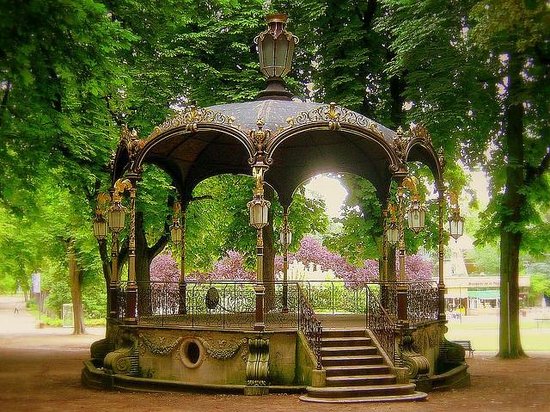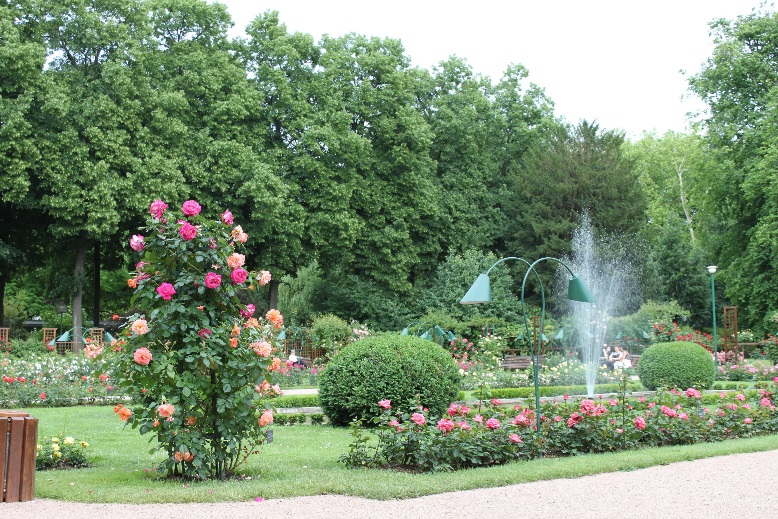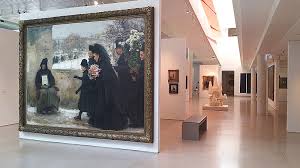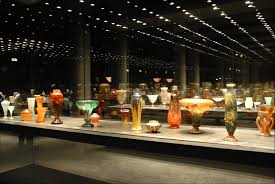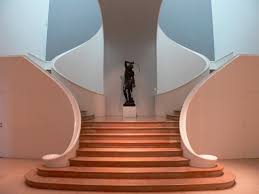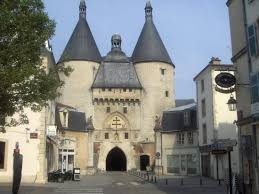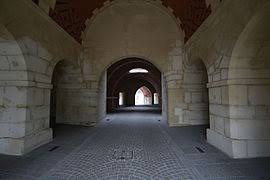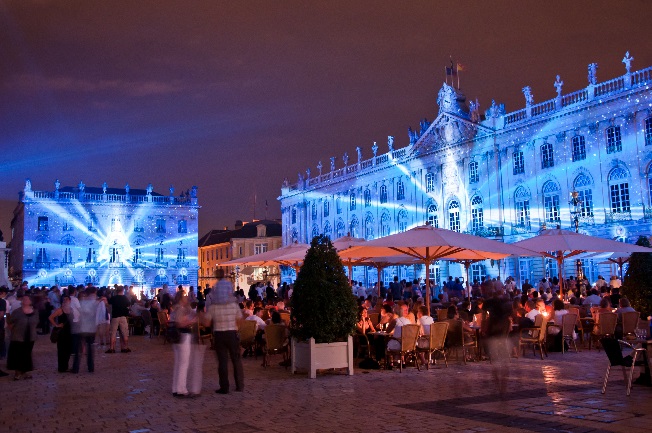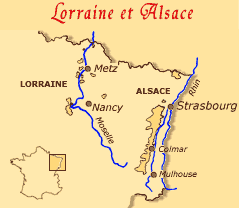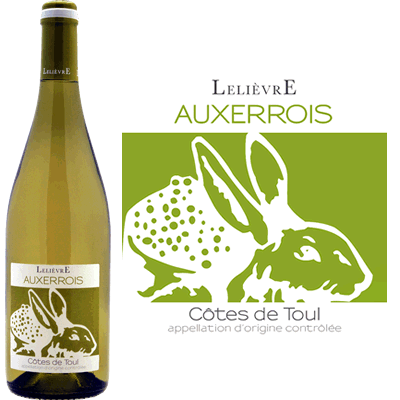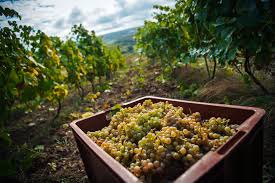
|
|
|
Venue > Nancy CityNancy, a riverside town in the Grand-Est region of northeastern France, is known for its late Baroque and Art Nouveau sites. Some date from the time when the city was the former capital of the Duchy of Lorraine. Its emblematic place is Place Stanislas, dating from the 18th century. This huge square, decorated with wrought iron gates and rococo fountains, is in the middle of the beautiful palaces and churches that abound in the medieval old town of Nancy. The ducal palace of the old town, which was once the residence of the dukes of Lorraine, is now home to the Lorrain Museum, devoted to the art, history and culture of the region. The neo-Gothic Saint-Epvre Basilica is nearby, as is the Fine Arts Museum, which exhibits Art Nouveau glass and paintings from the 14th to the 20th century. Beyond the medieval center of the city, the Museum of the School of Nancy presents furniture and objets d'art (created during the artistic movement École de Nancy, at the beginning of the 20th century), all within a magnificent villa surrounded by gardens. Due to the large number of students in Nancy, the nightlife is lively. The History of NancyThe early days of Nancy are linked to the construction of a feudal castle, during the 11th century, by Gérard of Alsace who founded a small city that will become the capital of the Duchy of Lorraine under his successors in the 14th century. Nancy is particularly recognized during the age of Enlightenment thaks to King Stanislas.
Stanislas SquarePlace Stanislas is a square belonging to a classic urban ensemble located in Nancy, Lorraine, France, which is a UNESCO World Heritage Site (Wikipedia).
Nancy, The city of Art-NouveauThe movement Art Nouveau appeared and spread across the globe from 1880, forming neighbouring or sister schools. The movement Art Nouveau, School of Nancy, was born when the Alsace and Moselle regions were annexed by the Prussians in 1871. Nancy, a French border town, was home to much of the intelligentsia who refused the annexation. These conditions in particular, as well as the presence here of an established artistic community, industrialists and entrepreneurs, led to the establishment of the School of Nancy.
The Famous Baccarat CrystalsIn 1764, King Louis XV gave permission to found a flat glassware and art glassware: the Verreries de Sainte-Anne were born in the city of Baccarat, Lorraine to the bishop of Metz Louis-Joseph de Montmorency-Laval (1761-1802) who created this factory with a master glassmaker from Saint-Louis.
More informations: https://www.baccarat.fr/en/legend-of-baccarat/know-how/ Pepinière ParkThe "Pépinière" park , commonly called "La Pépinière", or more familiarly "la Pep", is a public garden of Nancy located near Place Stanislas, along the Place de la Carrière and the old fortifications.
The Musée des Beaux ArtsThe Nancy Museum of Fine Arts, created on May 16, 1793, is one of the oldest museums in France. Initially was set up in the chapel of the Visitation. Acknowledged Fine Arts Museum housing works by Manet in Rubens via Modigliani & Cartier-Bresson (Wikipédia).
The Craffe GatePorte de la craffe is a gate of Nancy, which is imposing remnant of medieval fortifications. It was erected in the 14th century in the northern part of the old town. It has been classified as a historical monument since July 1886.
NightlifeThere are always people in town, whether it is winter or summer, in bars and nightclubs, at concerts and shows (catering to all tastes), in restaurants -available at all prices- and at the cinema either in the city center or in the outskirts. During the lovely summer evenings, the terraces in the city center are never empty, in fact, quite the contrary, Place Stan is often jam packed with people. You will never be bored in Nancy, the large number of students here are a testament to that, as we all know that nightlife is an important criterion when selecting a university! Let us not forget the impressive cultural program. Nancy is home to a National Opera, a Symphony Orchestra, Ballets from the National Choreographic Centre, La Manufacture (National Drama Centre), the cultural hub, l’Ensemble Poirel... There is so much choice you won't know which way to turn!
Close to Alsace Wines region, the Lorraine WinesThe Lorraine vineyards, consisting of limestone plateaus, clay hillsides, alluvial deposits, limestone scree, gray sandy marl and limestone, as well as clay and marly plains, are made up of three major vineyard wine regions. hillsides, rather small. The three regions are the vineyard of Moselle, which is divided into three zones, the vineyard of Côtes-de-Toul, in the Meurthe-et-Moselle, and finally the vineyard of Côtes de Meuse. Each year, 6,700 hectoliters of wine, of which 55% is rosé, 20% red, 15% white and 10% sparkling, are produced from the grapes: Auxerrois, Gamay, Gewurztraminer, Müller-Thurgau, Pinot Blanc, Gris and black and Riesling.
The Gastronomy of LorraineNancy is famous for its various gastronomy: Mirabelle, Bergamotte, Quiche Lorraine, Potée Lorraine,... More informations: https://www.tourism-lorraine.com/gastronomy |
